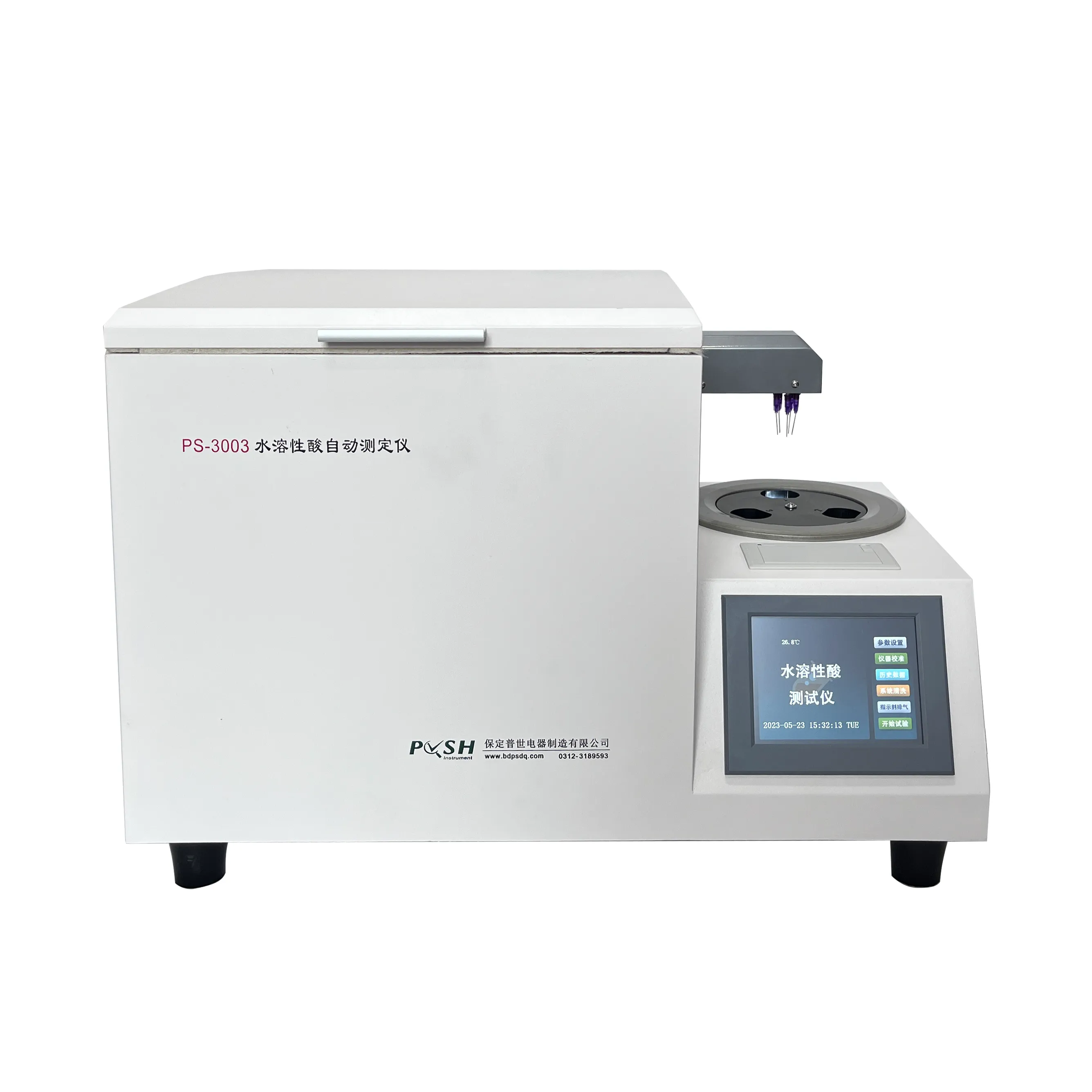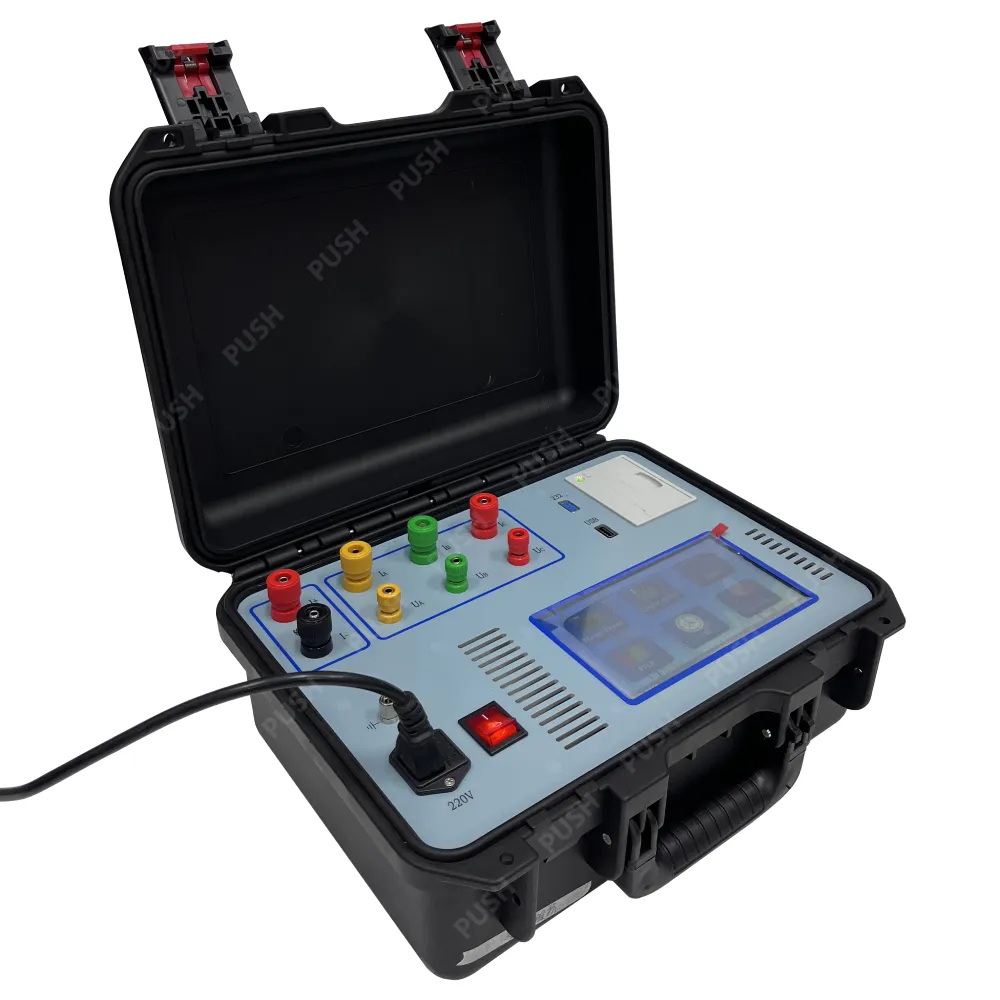 English
English



-
 Afrikaans
Afrikaans -
 Albanian
Albanian -
 Amharic
Amharic -
 Arabic
Arabic -
 Armenian
Armenian -
 Azerbaijani
Azerbaijani -
 Basque
Basque -
 Belarusian
Belarusian -
 Bengali
Bengali -
 Bosnian
Bosnian -
 Bulgarian
Bulgarian -
 Catalan
Catalan -
 Cebuano
Cebuano -
 China
China -
 China (Taiwan)
China (Taiwan) -
 Corsican
Corsican -
 Croatian
Croatian -
 Czech
Czech -
 Danish
Danish -
 Dutch
Dutch -
 English
English -
 Esperanto
Esperanto -
 Estonian
Estonian -
 Finnish
Finnish -
 French
French -
 Frisian
Frisian -
 Galician
Galician -
 Georgian
Georgian -
 German
German -
 Greek
Greek -
 Gujarati
Gujarati -
 Haitian Creole
Haitian Creole -
 hausa
hausa -
 hawaiian
hawaiian -
 Hebrew
Hebrew -
 Hindi
Hindi -
 Miao
Miao -
 Hungarian
Hungarian -
 Icelandic
Icelandic -
 igbo
igbo -
 Indonesian
Indonesian -
 irish
irish -
 Italian
Italian -
 Japanese
Japanese -
 Javanese
Javanese -
 Kannada
Kannada -
 kazakh
kazakh -
 Khmer
Khmer -
 Rwandese
Rwandese -
 Korean
Korean -
 Kurdish
Kurdish -
 Kyrgyz
Kyrgyz -
 Lao
Lao -
 Latin
Latin -
 Latvian
Latvian -
 Lithuanian
Lithuanian -
 Luxembourgish
Luxembourgish -
 Macedonian
Macedonian -
 Malgashi
Malgashi -
 Malay
Malay -
 Malayalam
Malayalam -
 Maltese
Maltese -
 Maori
Maori -
 Marathi
Marathi -
 Mongolian
Mongolian -
 Myanmar
Myanmar -
 Nepali
Nepali -
 Norwegian
Norwegian -
 Norwegian
Norwegian -
 Occitan
Occitan -
 Pashto
Pashto -
 Persian
Persian -
 Polish
Polish -
 Portuguese
Portuguese -
 Punjabi
Punjabi -
 Romanian
Romanian -
 Russian
Russian -
 Samoan
Samoan -
 Scottish Gaelic
Scottish Gaelic -
 Serbian
Serbian -
 Sesotho
Sesotho -
 Shona
Shona -
 Sindhi
Sindhi -
 Sinhala
Sinhala -
 Slovak
Slovak -
 Slovenian
Slovenian -
 Somali
Somali -
 Spanish
Spanish -
 Sundanese
Sundanese -
 Swahili
Swahili -
 Swedish
Swedish -
 Tagalog
Tagalog -
 Tajik
Tajik -
 Tamil
Tamil -
 Tatar
Tatar -
 Telugu
Telugu -
 Thai
Thai -
 Turkish
Turkish -
 Turkmen
Turkmen -
 Ukrainian
Ukrainian -
 Urdu
Urdu -
 Uighur
Uighur -
 Uzbek
Uzbek -
 Vietnamese
Vietnamese -
 Welsh
Welsh -
 Bantu
Bantu -
 Yiddish
Yiddish -
 Yoruba
Yoruba -
 Zulu
Zulu
Determine Dielectric Strength of Transformer Oil Fast & Accurate Tests
- Overview of Dielectric Strength Testing in Transformer Oils
- Technical Principles Behind Dielectric Strength Measurement
- Comparative Analysis of Industry-Standard Testing Methods
- Performance Metrics: Leading Manufacturers vs. Traditional Approaches
- Customized Solutions for Diverse Operational Requirements
- Real-World Applications and Case Studies
- Future Trends in Determining Dielectric Strength of Transformer Oil

(determine dielectric strength of transformer oil)
Understanding How to Determine Dielectric Strength of Transformer Oil
The dielectric strength of transformer oil is a critical parameter for ensuring electrical insulation and preventing catastrophic failures. Industry standards such as IEC 60156 and ASTM D877 define rigorous protocols for measuring this property, which involves applying increasing voltage until breakdown occurs. Modern testing systems achieve accuracies within ±2%, with typical breakdown voltages ranging between 30 kV and 70 kV, depending on oil purity and moisture content.
Technical Foundations of Dielectric Strength Measurement
Dielectric strength tests rely on controlled electrode configurations and automated voltage ramp rates. Advanced systems now incorporate real-time contamination monitoring, detecting particulate levels as low as 5 ppm. The integration of AI-driven predictive algorithms reduces testing time by 40% while improving repeatability. For instance, automated oil sampling eliminates human error, ensuring compliance with IEEE C57.106-2015 guidelines.
Industry-Standard Testing Methods Compared
| Method | Accuracy | Test Duration | Compliance Standards |
|---|---|---|---|
| Manual VDE Electrodes | ±5% | 25-30 mins | IEC 60156 |
| Automated ASTM D1816 | ±1.8% | 12-15 mins | ASTM D877 |
| Pulsed Field Systems | ±0.9% | 8-10 mins | IEEE C57.106 |
Manufacturer Benchmarking: Key Differentiators
Leading manufacturers like Megger and Hippotronics dominate the market with 95% test reproducibility. Their latest models feature multi-stage filtration detection, identifying particles above 2 microns. In contrast, legacy systems from smaller vendors show 15-20% variance in humid environments. Field data from 2023 reveals automated testers reduce maintenance costs by $12,000 annually per substation.
Tailored Testing Solutions for Specific Use Cases
Custom configurations address unique challenges:
- Arctic-grade systems with -40°C operational limits
- High-throughput models processing 200 samples/hour
- Mobile units for field testing with 95 dB noise reduction
Case Study: Grid Operator Efficiency Improvement
A European TSO implemented automated dielectric testers across 78 substations, resulting in:
- 62% reduction in unplanned outages
- 8.3% longer oil service life
- ROI achieved in 14 months
Advancing How We Determine Dielectric Strength of Transformer Oil
Emerging technologies like nanoparticle-enhanced oils and terahertz spectroscopy promise breakdown voltage improvements up to 82 kV. The integration of IoT-enabled testers with SCADA systems will enable real-time dielectric monitoring by 2025. These innovations redefine industry benchmarks, ensuring transformers meet Net-Zero Emission targets through optimized insulation performance.

(determine dielectric strength of transformer oil)
FAQS on determine dielectric strength of transformer oil
Q: How to determine the dielectric strength of transformer oil?
A: The dielectric strength is measured using a standardized test cell where oil is subjected to increasing AC voltage until electrical breakdown occurs. Results are reported in kV/mm, following protocols like ASTM D877 or IEC 60156. This ensures the oil can withstand operational electrical stress.Q: What is the purpose of a short circuit test on a transformer?
A: The short circuit test determines copper losses and impedance voltage under rated current conditions. It helps verify the transformer's ability to handle fault currents without damage. Parameters like winding resistance are also validated.Q: Why is dielectric strength critical for transformer oil?
A: High dielectric strength prevents arcing and insulation failure in transformers. Contaminants like moisture or particles reduce this property, risking equipment breakdown. Regular testing ensures reliability and safety.Q: What parameters are identified during a transformer short circuit test?
A: The test identifies load losses, impedance percentage, and winding stability under stress. These values ensure compliance with design specifications and optimize protection system settings.Q: Can dielectric strength testing detect oil degradation?
A: Yes, a decline in breakdown voltage indicates oxidation, moisture ingress, or particulate contamination. Timely testing allows for oil filtration or replacement to maintain transformer efficiency.-
Ensuring Transformer Reliability with High-Precision Turns Ratio TestingNewsJul.18,2025
-
Ensuring SF₆ Gas Safety: Introducing PUSH’s Integrated SF₆ Analyzer for Dew Point, Purity, and Decomposition MonitoringNewsJul.10,2025
-
Exploring the Main Types of Industrial Endoscopes and Their Applications Across IndustriesNewsJul.04,2025
-
Testing Equipment Industry Sees Major Advancements in 2025: Smart & Precision Technologies Lead the WayNewsJun.06,2025
-
Applications of Direct Current Generators in Renewable Energy SystemsNewsJun.05,2025
-
Hipot Tester Calibration and Accuracy GuidelinesNewsJun.05,2025



